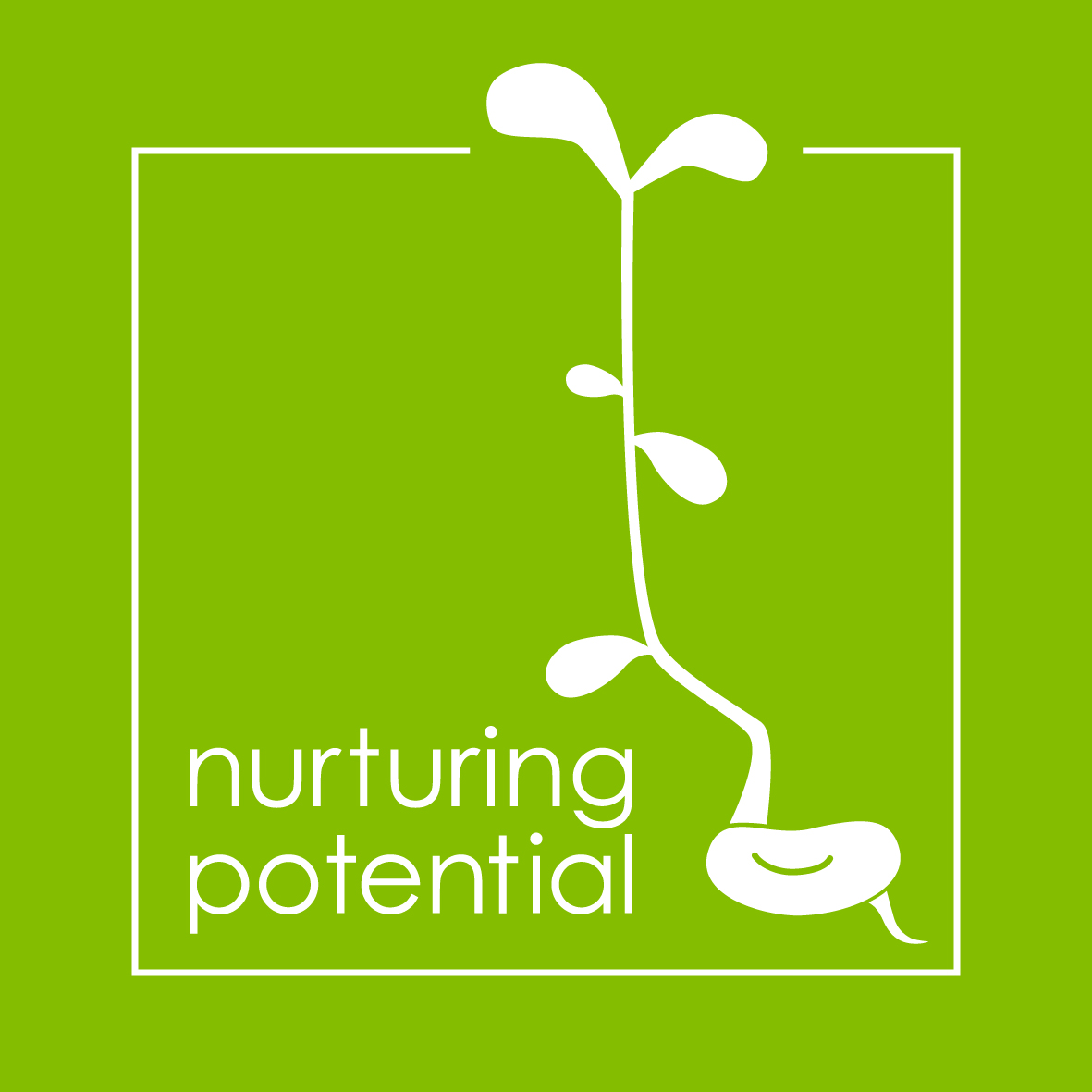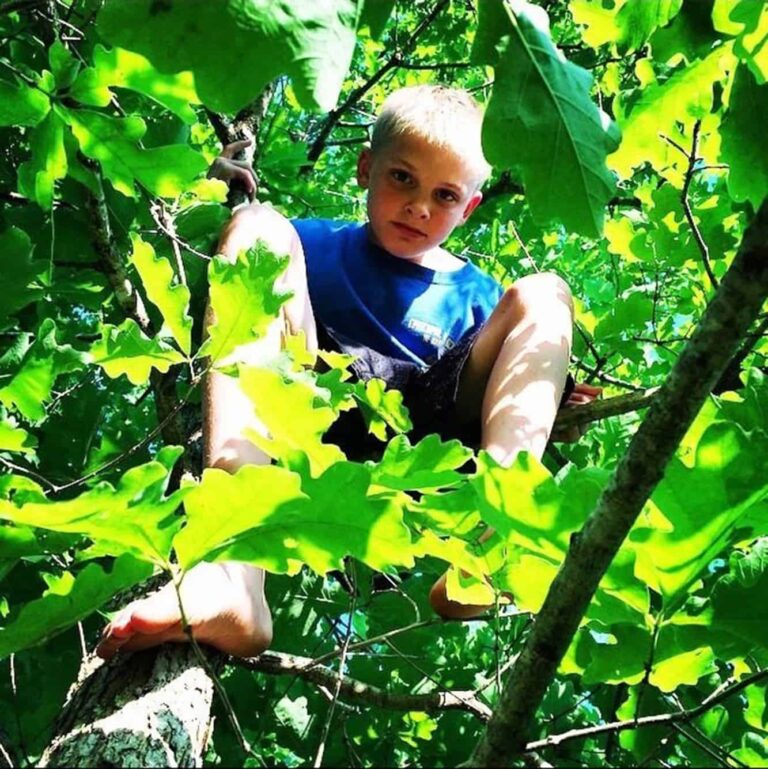Teaching Gifted and Creative Students – There is No Such Thing as “Normal”
In the ideal learning environment, students and teachers work together in a space that includes mutual respect and appreciation. In this environment, all students feel valued, and teachers know how each student’s developmental needs and interests affect learning. Teachers identify each child’s strengths and find ways to nurture and develop these gifts and talents. This is not an easy thing to do.
Gifted students often demonstrate exceptional abilities that set them apart from their same-age peers. A child might have an advanced vocabulary or sense of humor, a seemingly photographic memory, exceptional skill with numbers or abstract thinking, etc. Despite possessing one or more remarkable strengths, the gifted child may seem average or even below average in other areas, and this asynchronous development can pose quite a challenge for teachers. Often, we compare students with some preconceived notion of what is “normal” development for a child of a particular age, but there is no such thing as a “normal” gifted student.
Teachers must let go of the concept of “normal” when considering the intellectual and emotional development of children. Each child should be allowed to grow and develop at his or her own pace rather than one that someone else considers to be “normal” for children of a particular age. Research consistently shows that learning experiences that are tailored to individual interests and abilities are far more effective than those designed for students of a particular age.
Here are five ways to let go of “normal”:
1. Treat All Students as Individuals
Supporting gifted students involves a mixture of acceleration and enrichment of the grade level curriculum. One suggestion is to create an interest inventory for students. The results will help personalize lessons and target topics of interest.
2. Offer a Variety of Activities
Some children will move quickly through activities, and others will take more time. Allow students to engage in different sorts of presentations or projects to demonstrate their learning. Such opportunities encourage greater depth and creativity. Providing space for deeper exploration will lead to greater student engagement in the learning process.



3. Make Time for Smaller Groups
A more dynamic learning environment can be achieved by intentionally creating small flexible groups for learning. Although gifted learners often prefer to work independently, they also benefit from opportunities to collaborate with and socialize with their peers. Gifted students should be encouraged to work with their intellectual peers as often as possible in order to be appropriately challenged.
4. Embrace Creative Questioning
Gifted learners are often insatiably curious and may ask elaborate and sometimes difficult questions to satisfy their thirst for knowledge. This curiosity may extend beyond the lesson plan. Teachers should find time for students to ask their own questions and assist them in finding answers.
5. Encourage Self-directed Learning
Self-directed learning is a skill that all students can develop. While some children are more intrinsically motivated than others, self-directed learning is crucial to becoming a lifelong learner. Providing meaningful and relevant content that is interesting, challenging, and exciting is critical in developing self-directed learners.
The strategies for one group of gifted students will not necessarily work for all. It often takes creative thinking on the teacher’s part to engage intellectually and creatively gifted students. We must forget about what we think is “normal” development for children and tailor instruction to meet individual needs.




